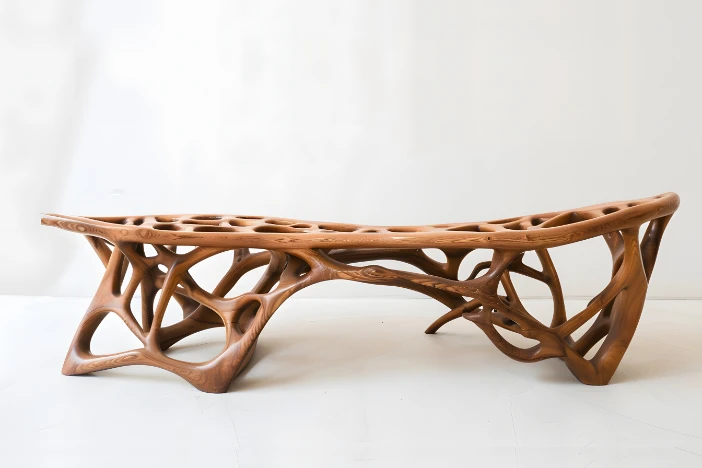
The sixth section of our long registry of decorating styles largely pays homage to simpler times with a European flavor.
Nautical
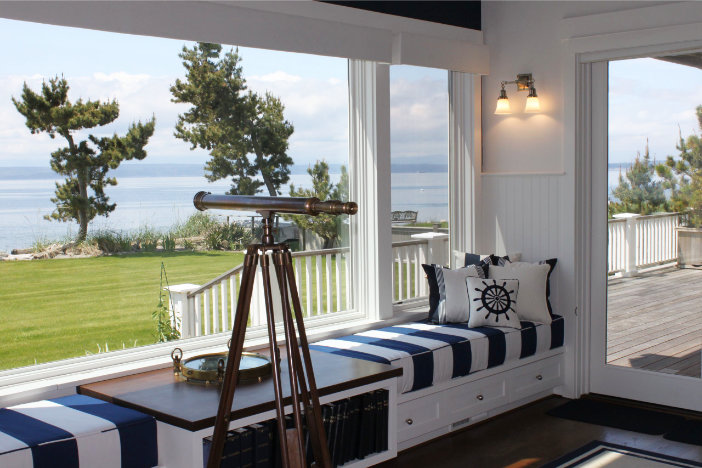
Nautical style is all about that fresh, seaside feel you get from a day by the coast, minus the risk of sunburn or seagull mishaps. The look is crisp and airy, with straight lines and a tidy feel that doesn’t try too hard. Think about the deep navy of a captain’s coat and the pop of red from a classic lifebuoy, all against lots of bright white and gentle sand colors—these shades show up everywhere, especially in bold stripes that would make even a sailor jealous.
Texture is where nautical homes really get fun. You’ll find weathered wood that looks like it’s seen a wave or two, chunky rope, rattan baskets and plenty of breezy linen. Metal details add a shiny twist—polished brass, chrome snaps and even steel hardware keep things looking sharp and slightly adventurous.
Using the style outdoors is a breeze; classic teak slat tables and collapsible yacht furniture look right at home by the pool or set up for a seafood BBQ. Details like lanterns styled after coastguard spotlights give that industrial edge, while a vintage oar or glass float can double as art and conversation starter.
While you won’t find one single designer calling all the nautical shots, brands like Ralph Lauren Home have truly captured its prep-meets-coastal vibe. Iconic pieces like the campaign-style director’s chair belong in any shipshape space and a mariner pendant lamp never hurts. Nautical is a classic because it’s unfussy, timeless and always ready for summer—even when it’s raining outside.
Neoclassic
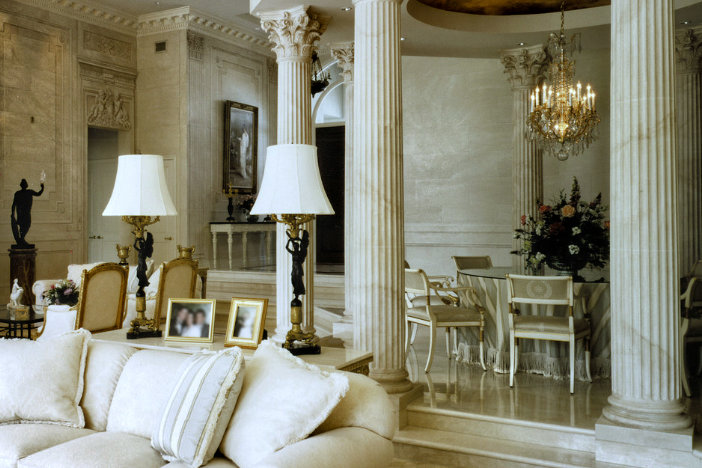
Neoclassic design is all about easy glamour with a hint of old-world charm—imagine your home dressed like it’s headed to a museum gala, just not in a stuffy tux. Walk into one of these spaces and you’ll notice the symmetry first. Rooms line up perfectly, the lines are strong and serious (kind of like that friend who organizes their spice rack alphabetically) and the whole vibe whispers “ancient Greece and Rome”—but relax, nobody’s handing out togas.
Color in Neoclassic interiors is a lesson in cool confidence. Think classic blues, creamy whites, misty grays, sunny yellows and a splash of garden green. Black and gold show up for dramatic effect, like surprise party guests who know how to liven up the place but never overstay.
Textures in a Neoclassic setting know how to make an entrance quietly. Marble floors keep things classy (and a bit chilly for those who like to go barefoot at night) and walls are finished smoother than your favorite retro playlist. Fabrics are all about luxury—brocade, damask, velvet and a cozy hint of cotton, so you can lounge around and still feel like royalty.
Furniture tends toward the classic “less is more” approach but with richer, darker woods like mahogany or walnut. Sometimes you’ll spot a Klismos or a Louis XVI chair—think of them as early influencers, sitting pretty for centuries. Renowned designers like Robert Adam and Thomas Hope set the bar high before it was cool. Finish off with ornate gold-framed mirrors, myth-inspired décor and enough busts to make you question if sculpting was every ancient aristocrat’s side gig. Neoclassic is for anyone who loves their tradition with a twist and their elegance served straight up—olive optional.
Northwestern
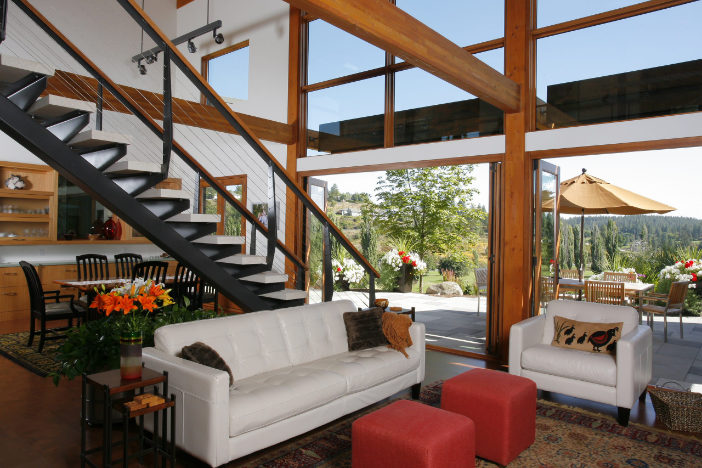
Northwestern interior design mixes the best of modern and traditional for a vibe that says you love nature but also wi-fi. Big windows and sliding glass doors take full advantage of that legendary Pacific Northwest greenery and maybe even give you a shot at spotting Bigfoot—though he probably just wants a cup of coffee. Inside, expect lots of creamy neutrals that keep things cozy when the rain rolls in, but with the occasional splash of high-energy color, like orange or red, to keep things from feeling sleepy (even before that second espresso).
Texture is the real star here—rough-hewn woods, honed concrete and glass all show up to the party, making each room feel kind of like a curated art walk. Furniture features clean lines and simple forms, acting casual but totally intentional. Classic Northwest style often finds influence in iconic designers like George Nakashima and the Eames duo, who kept things sleek but never cold. You might see pieces like a live-edge dining table or a mid-century lounge chair that looks ready for a Netflix marathon and a plate of smoked salmon.
Why all the different textures and organic shapes? Because in the Northwest, you never know if you’ll be reading a book by the fireplace or drying off after getting caught in the drizzle. Kitchens nearly always have an espresso nook—because it’s not just the moss that thrives on caffeine in this part of the country.
Old World
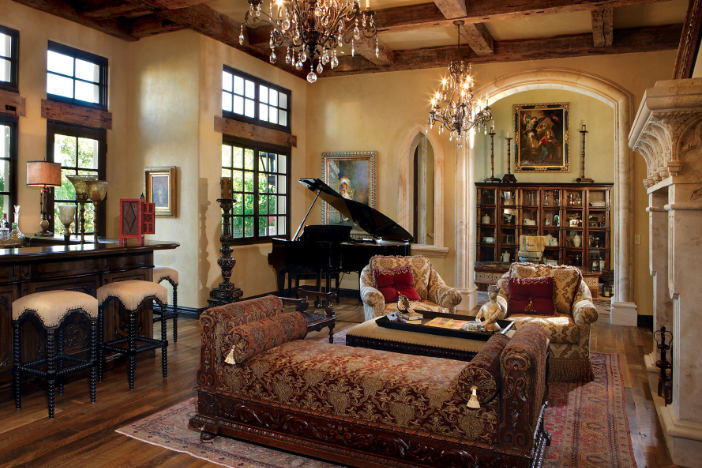
Old World interiors blend European charm with a sense of lived-in luxury that never goes out of style. Imagine old Spanish villas or the sun-drenched halls of an Italian palazzo—the kind of places James Bond might pause for an espresso before his next adventure. The architecture loves a good arch or gentle curve, with rooms often framed by hefty stone or chunky wooden beams that look like they’ve seen centuries of dinner parties and the odd fencing duel.
Color is always rich and welcoming, leaning heavily on deep navy, burgundy, aged gold, moody forest green and creamy neutrals that dress spaces in relaxed regality rather than formal museum vibes. Just like a well-aged Cabernet, these hues seem to get better over time. Texture is the secret sauce—walls may be hand-troweled, ceilings hint at history thanks to distressed beams and floors are all about heavy stone or tile topped with sprawling rugs you can lose your house keys in.
Furniture is robust and has presence. Think large trestle tables and ornately carved armoires that could double as portals to Narnia. Pieces by the legendary Andrea Palladio or echoes of Thomas Chippendale’s design philosophy often make an appearance, balancing elegance with a touch of swagger. Fabrics are thick and touchable—velvet, damask, tooled leather—with floral or striped patterns, plus loads of fringe and tassels for that subtle “I live in a castle” energy. Even if you don’t have a ballroom, Old World style makes your home feel ready to host royalty or at least your friends who binge-watch Bridgerton.
Organic
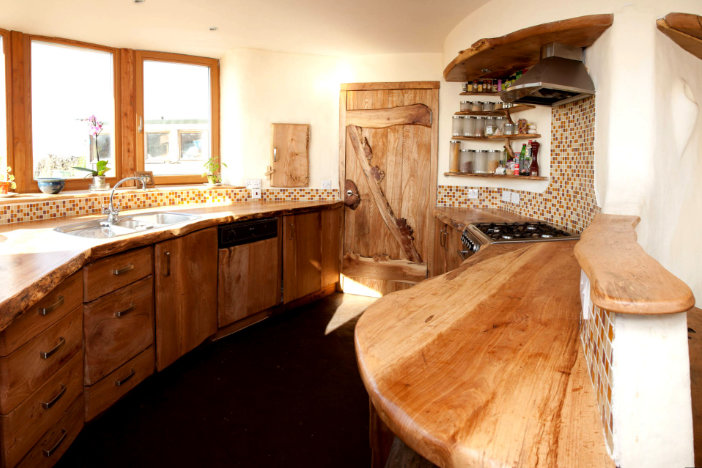
Organic design is like letting your home deep-breathe—no goat yoga required. This style is all about bringing the outdoors in so you feel connected to nature even if your only hiking is from couch to fridge. You’ll spot shapes that curve and swoop the way rivers do, nothing boxy unless it’s a chunky wood coffee table that looks rescued from some enchanted woodland. Furniture pieces tend to have soft, ergonomic lines—think Vladimir Kagan’s Dover sofa with its luxurious curves or Isamu Noguchi’s Freeform sofa that just invites you to flop down and take a load off. The vibe is always relaxed but never sloppy.
Color palettes echo Mother Nature’s favorites: lots of muted greens, rock-inspired grays, warm rusts and creamy neutrals that make you feel instantly zen. It’s a look that says “s’more season” without being too literal. Texture gets special treatment here: picture raw timber beams, creamy stone, rough terracotta and cozy linen or wool fabrics you want to wrap up in. Even manufactured materials keep things honest by focusing on feel—if it’s fake, it better still feel real.
Sunlight is basically the best accessory in an organic space, so you’ll see big windows that let the outdoors steal the spotlight. Plants in earthy ceramics aren’t just for show, they’re almost like roommates. Frank Lloyd Wright is basically the OG of organic form, while Kelly Wearstler can add glitz without killing the mood. If your idea of a perfect space is laid-back but a little fancy, organic’s got your number.
Palladian
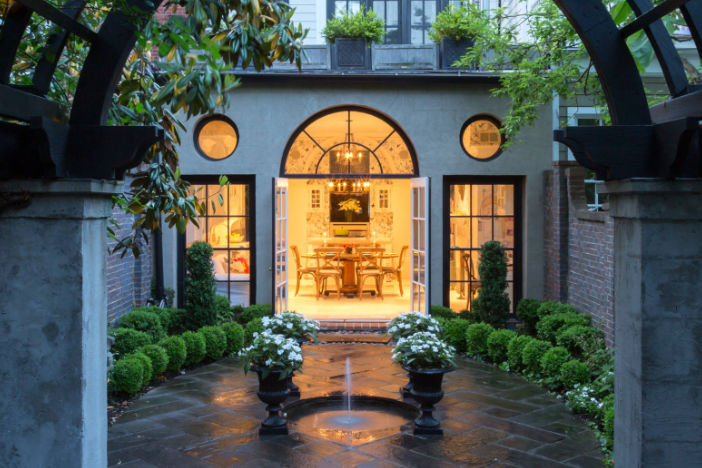
Palladian style doesn’t just copy ancient Greece and Rome—it updates their look. Everything in these rooms is about symmetry. The layout feels balanced and arches show up again and again in the halls and windows. Palladian windows are stars of the show. They have graceful arches and narrow side panels that line up with the house just right [Pile 2005].
Texture here is smooth and calm—you won’t find anything too flashy. Walls and ceilings are usually plain but perfect, with maybe a little plaster detail to keep things interesting. The colors are soft. Picture creamy whites and gentle creams, with a hint of that famous Palladian blue. It’s not loud, just inviting. Floors are often wood parquet or marble, bringing in a bit of shine but built to last. Palladian rooms almost whisper elegance, but they still know how to stick around for the long haul.
Furniture is all about proportional grace. Curved-leg consoles and stately cabinets—sometimes even inspired directly by Palladio—take their cues from temples more than trends, making each piece feel timeless. While Andrea Palladio himself wasn’t a furniture designer, his architectural vision inspired later classics and luminaries like Thomas Chippendale, whose neoclassical pieces still charm design buffs today. The result? A style that proves sometimes, the classics really do age best—even if they don’t have their own social media following.
Parisian
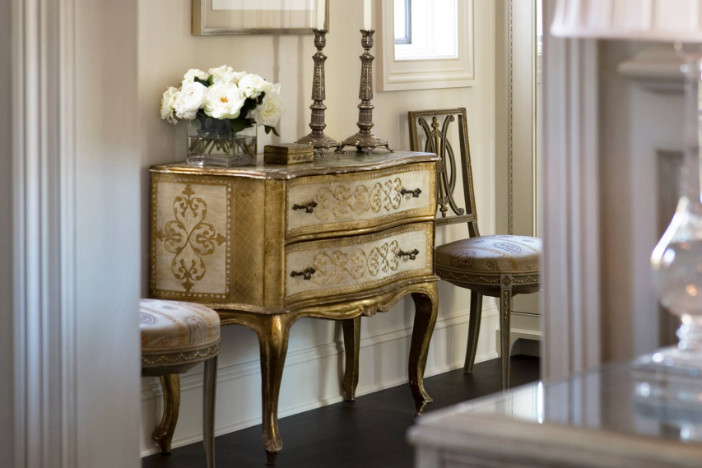
The Parisian aesthetic isn’t just a look—it’s an attitude, equal parts effortless chic and bold self-expression, with a wink to history and a healthy dose of cool. Forget fussy, cookie-cutter French; Parisian style is all about contrast. Straight, clean lines share the room with ornate curves, like mid-century Pierre Jeanneret chairs meeting a regal Louis XVI console. Walls stay white, not out of laziness but to let sunlight work its magic, making every velvet settee and mahogany accent pop. Don’t be afraid to play with color; Paris apartments often splash jewel tones like emerald or sapphire on textiles, proving that a neutral backdrop and vibrant details are best friends, not foes.
Texture is king here—think buttery leather, thick velvet and brocade, all begging to be touched, not just admired. Brass, marble and those quintessential Parisian herringbone floors? They’re the headliners of materials: always in style, always center stage. And yes, no Parisian living room is complete without an iconic Serge Mouille lamp or a dramatically draped crystal chandelier; it’s the design equivalent of hosting Julia Child for dinner. Authentic bathrooms may feature a freestanding claw-foot tub with a small accent table nearby.
Outdoors, the style translates into bistro chairs and petite marble-topped tables where you can sip espresso and judge people’s outfits with panache. Unlike broader French country or Provencal designs, which lean rural and rustic, Parisian keeps things city-sleek and unafraid to break some design rules for a look worth a Vogue feature. It’s form and function, curated perfectly with a bit of attitude and a whole lot of joie de vivre.
Pennsylvania Dutch
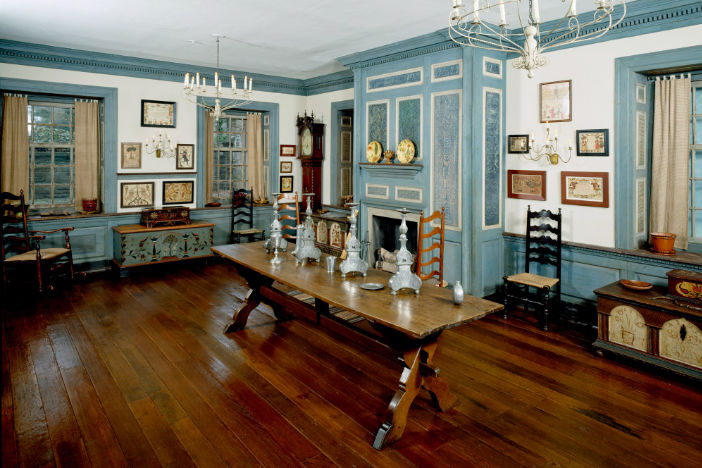
Pennsylvania Dutch interiors are where country charm gets a serious upgrade—not with frills, but with pure personality. The look is all about honest craftsmanship. Tables, cabinets and chairs stick to straight lines and sturdy builds, favoring maple, walnut, pine and the occasional fruitwood for that just-right orchard vibe. These pieces aren’t shouting for attention but let their form do the talking—think utility first, but don’t be surprised by a glossy shine that’s smoother than a classic Motown groove.
Color is where things get a bit bold. Sure, the base palette stays neutral to show off all those yummy textures—cozy brick, rugged stone and wood that looks like it’s got stories to tell. But here’s the twist: signature hope chests, sawbuck tables and massive “shrank” cupboards often go wild with hand-painted flowers, birds, stars and the kind of decorative touches that would make even Martha Stewart smile. A light blue dowry chest splashed with tulips or a cupboard flicked with unicorns isn’t unusual—it’s tradition with a wink, plain and simple.
Walls double as galleries for bright folk art and fraktur, while a few fresh-cut flowers add the kind of color pop Pinterest dreams about. Who are the big design names? Thanks to the tight-knit, maker-obsessed communities, iconic pieces like the sawbuck table and hope chest take the spotlight more than any single “celebrity” designer—think of it like the original group project, but everyone actually contributed. If cozy country with heritage and a hint of fun is your jam, you’ll never go Dutch with style—unless you’re in Pennsylvania.
Plantation
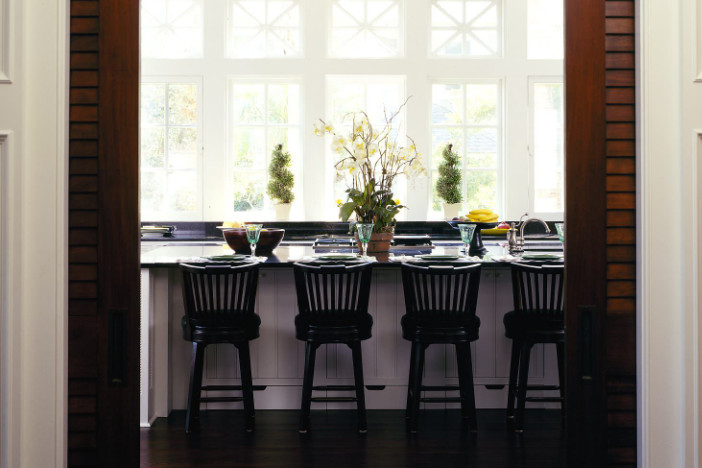
Plantation style embraces a kind of Southern charm that’s more about comfort than grandeur for grandeur’s sake. These homes are defined by sweeping forms like tall Greek Revival columns and signature high ceilings that let the rooms—and the people—a chance to breathe. Texture takes center stage with smooth plaster walls, glossy dark woods from mahogany or teak and fabrics that keep things chill: think airy linen and crisp cotton, all playing against the gleam of brass hardware or intricate iron railings.
The main color palette may look like it took a cue from vanilla ice cream—soft whites and creams—while the sultry richness of wood balances everything with warmth and depth. Light is everything here, with big plantation shutters and lazy, flowing curtains so you can catch every golden hour.
When it comes to iconic pieces, it’s hard to miss the Empire-style fainting couch—just waiting for a little Scarlett O’Hara swoon—while the grand piano and ornate four-poster beds set the tone for refined entertaining, whether you’re hosting a Bridgerton-style ball or just a great brunch. Designers like Thomas Day, renowned for his 19th-century craftsmanship in Southern furniture, left a real mark with his delicate yet durable forms.
Outdoors, the plantation look shines on shady wraparound verandas, where a white wicker rocker and palms make sipping sweet tea a designer-approved experience. If your idea of relaxation is pairing Downton Abbey with a front porch, then plantation style is definitely in your wheelhouse.
Post-Modern
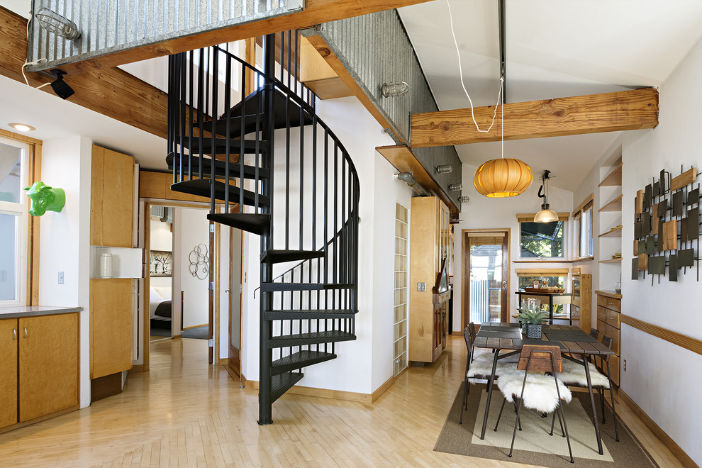
Post-modern interior design is like modernism after hours—it keeps things smart but swaps out the rulebook for a whole lot more fun. Imagine a room where drama and irony hang out together: playful shapes pop up everywhere and you might spot a chair that looks like it just dropped in from a Saturday morning cartoon set. Sofas curve when you expect angles. Side tables wag their geometric fingers and lighting gets weird—in a good way.
Some surfaces are slick and shiny, others are plush or speckled like terrazzo ice cream. You’ll see brassy metals rubbing elbows with high-gloss laminate, while colored glass stands cheek-to-cheek with bold prints or fuzzy fabrics, almost daring you to touch.
Color is the life of this party. There’s no shy beige here; instead, the palette covers pastel to pulse-raising primaries, sometimes all in one breath. Think hot pinks, seafoam blue, even acid green—shades that would send your grandparents’ chintz screaming.
If you spot something iconic, it might be Ettore Sottsass’s Carlton bookcase—a centerpiece that looks like a piece of abstract art with a sense of humor—or the unforgettable Proust Chair by Alessandro Mendini, which fuses art history and pop art into one (comfortable, if slightly dramatic) seat.
Two iconic design collectives defined the movement’s bold spirit: the Memphis Group, known for playful patterns and striking forms, and Studio Alchimia, which merged art, performance, and radical design. While Memphis often takes center stage, Studio Alchimia brought a poetic edge to Italian design. Designers like Sottsass and Mendini blurred boundaries by contributing to both, showing that in postmodernism, collaboration rivals rule-breaking.
In the world of post-modernism, a room is never just a room—it’s a conversation starter that refuses to be boring or predictable.
Puritan
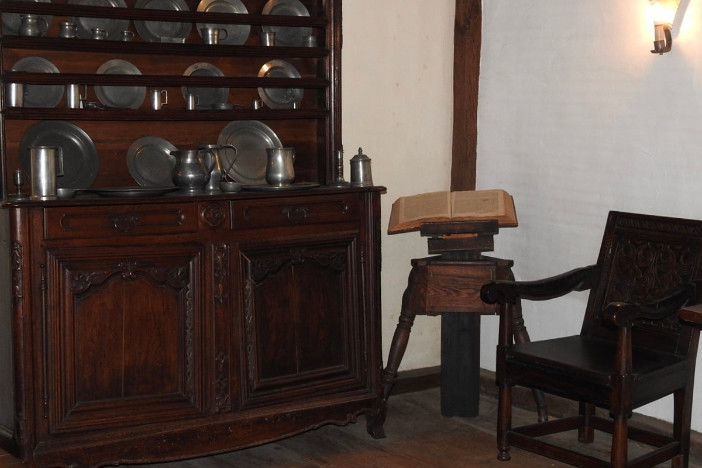
Puritan interior design is all about restraint, function and comfort that doesn’t shout for attention. These homes keep the look classic with seriously symmetrical layouts, solid structures and a vibe that leans more no-nonsense than flashy. You won’t find wild curves or whimsical shapes—furniture is straight-edged, sturdy and as honest as they come, built more for Sunday suppers than fleeting home décor crazes.
Texture is a game of balance, using natural wood—usually oak, maple or pine—with an unvarnished, lightly distressed finish, tossing in a little swoon-worthy patina for good measure. For cushioning, interiors stick to basic linen and cotton, giving just enough softness without getting too fussy. Color schemes don’t stray far from the basics: think eggshell white walls, stormy grays, earthy browns and the occasional kick of muted blue or sage (there’s a definite whiff of colonial nostalgia in the air).
If you’ve ever scrolled through photos of a settle bench or ladder-back chair and thought, “That would look great in a cabin,” you’re feeling the Puritan influence. The Shaker chair is probably the closest thing to an icon here, framed by simplicity and unmistakable craftsmanship. As for designers, the Shaker communities themselves were perfecting the art of minimalism long before it was a hashtag.
Overall, Puritan interiors keep it pure and practical—kind of like that friend who actually reads the instructions before building furniture. Who knew simple could be such a statement?
Queen Anne
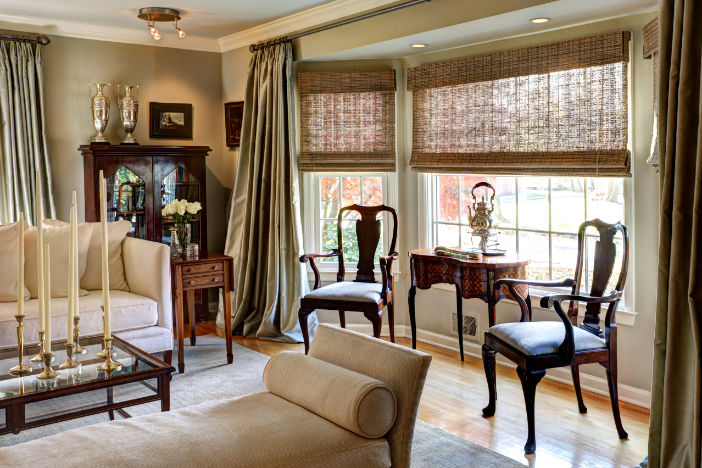
Queen Anne interiors know how to make an entrance—think sculpted gables, elaborate trim and the architectural equivalent of showing up to the Oscars in full regalia. Inside, Queen Anne keeps it classy but never stuffy. You’ll find light streaming through tall windows, which bounce off intricate plasterwork and tongue-in-groove paneling. The color palette leans cozy and inviting: warm creams, soft greys and the occasional bold wall that gives a tasteful nod to the Painted Ladies without going full Rainbow Brite.
Texture is king, with fish scale shingles and spindlework adding just enough drama to keep things interesting, but not so much that it feels like your great-aunt’s overstuffed attic. Signature form shows up in those famous curves—cabriole legs on chairs and lowboys, serpentine chair backs and sensuous lines everywhere the eye wanders. Queen Anne never took itself too seriously; it’s elegant with a wink.
Wood reigns supreme—walnut, cherry and maple all make appearances, sporting polished finishes that show off high-quality grain rather than flashy ornament. Motifs like scallop shells and floral carvings nod to nature, but they stop short of turning your home into a rococo jungle.
Splat-back chairs, tilt-top tea tables and highboys show off that classic Queen Anne mix of comfort and style. Richard Norman Shaw gave the style its time in the spotlight, while even postmodernists like Robert Venturi tipped their hats to Queen Anne with some clever flair. It’s heritage that stays lively and never feels stuffy.
Guide Sections
References
- Pile, J. F. (2005). A history of interior design. Laurence King Publishing.

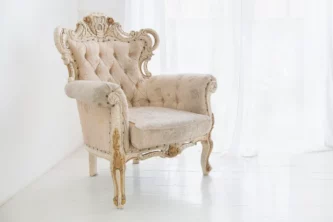
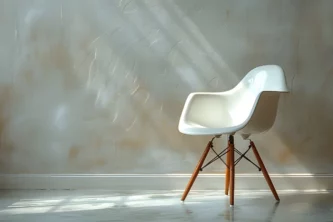
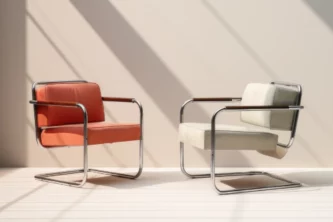
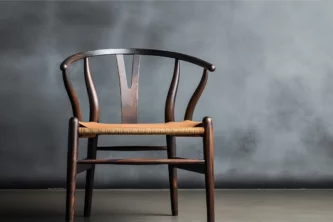
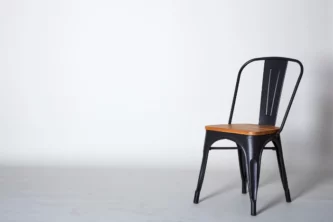
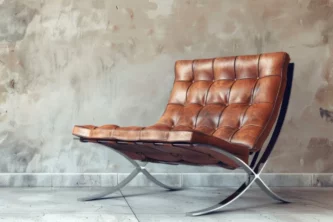
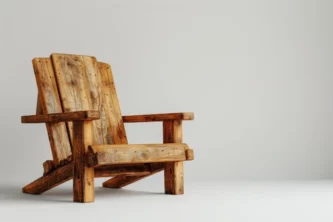
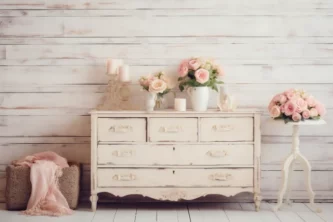
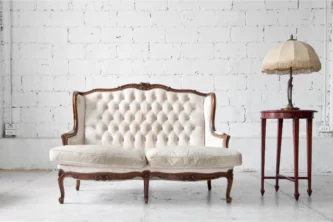




Leave a Reply